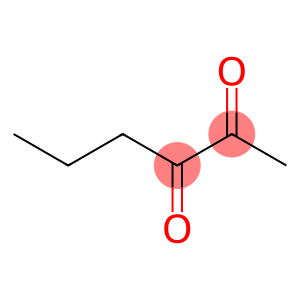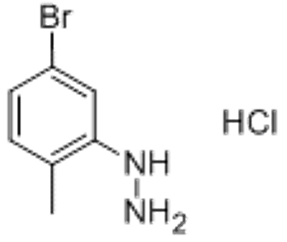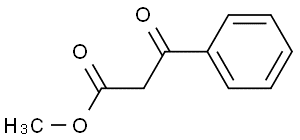Allyl mercaptan(2-propen-1-thiol)(CAS#870-23-5)
| Hazard Symbols | F – Flammable |
| Risk Codes | 11 – Highly Flammable |
| Safety Description | S16 – Keep away from sources of ignition. S33 – Take precautionary measures against static discharges. S9 – Keep container in a well-ventilated place. |
| UN IDs | UN 1228 3/PG 2 |
| WGK Germany | 3 |
| FLUKA BRAND F CODES | 10-13-23 |
| TSCA | Yes |
| HS Code | 29309090 |
| Hazard Class | 3 |
| Packing Group | II |
Introduction
Allyl mercaptans.
Quality:
Allyl mercaptan is a colorless liquid with a pungent odor. It can be dissolved in common organic solvents such as alcohols, ethers, and hydrocarbon solvents. Allyl mercaptans oxidize easily, turn yellow when exposed to air for a long time, and even form disulfides. It can participate in a variety of organic reactions, such as nucleophilic addition, esterification reaction, etc.
Use:
Allyl mercaptans are commonly used in some important reactions in organic synthesis. It is a substrate for many biological enzymes and can be applied in biological and medical research. Allyl mercaptan can also be used as a raw material in the manufacture of diaphragm, glass and rubber, as well as as as an ingredient in preservatives, plant growth regulators and surfactants.
Method:
In general, allyl mercaptans can be obtained by reacting allyl halides with hydrogen sulfide. For example, allyl chloride and hydrogen sulfide react in the presence of a base to form an allyl mercaptan.
Safety Information:
Allyl mercaptans are toxic, irritating and corrosive. Contact with skin and eyes may cause irritation and burns. Protective gloves, goggles, and protective clothing should be worn when using or handling. Avoid inhaling its vapors or coming into contact with the skin. Good ventilation should be maintained during operation to avoid concentrations exceeding safe limits.








